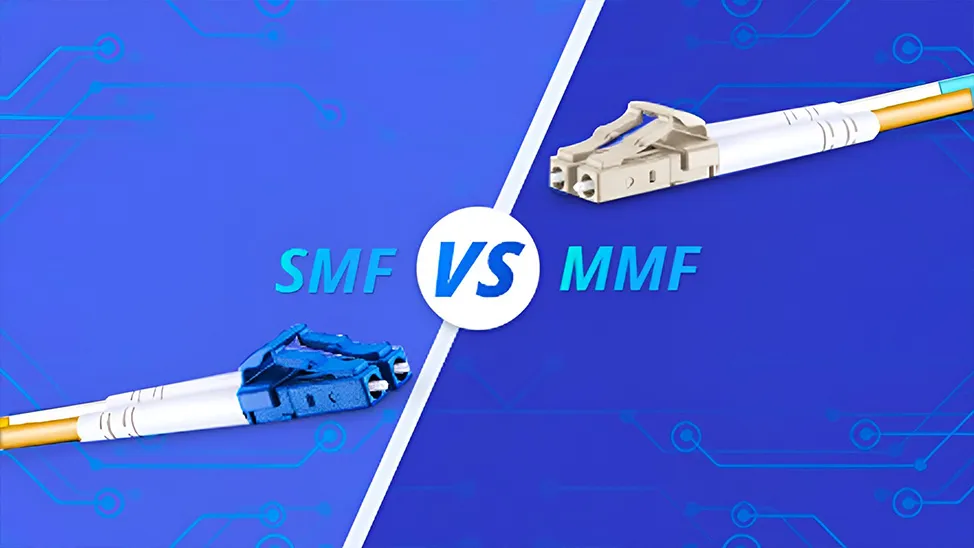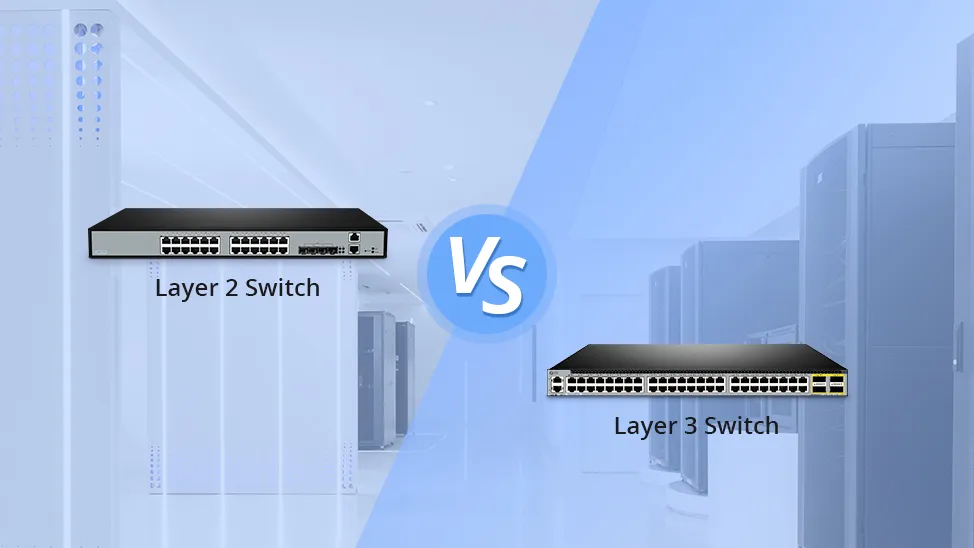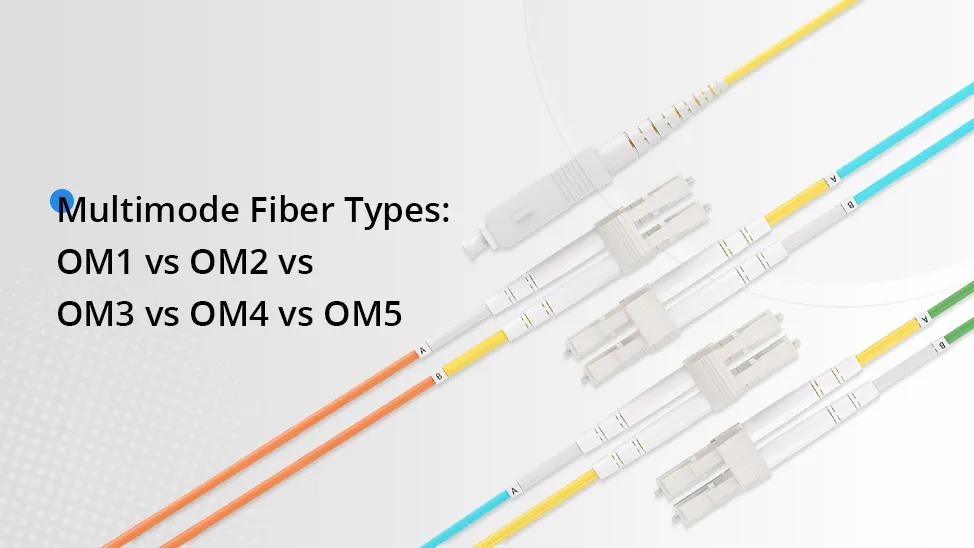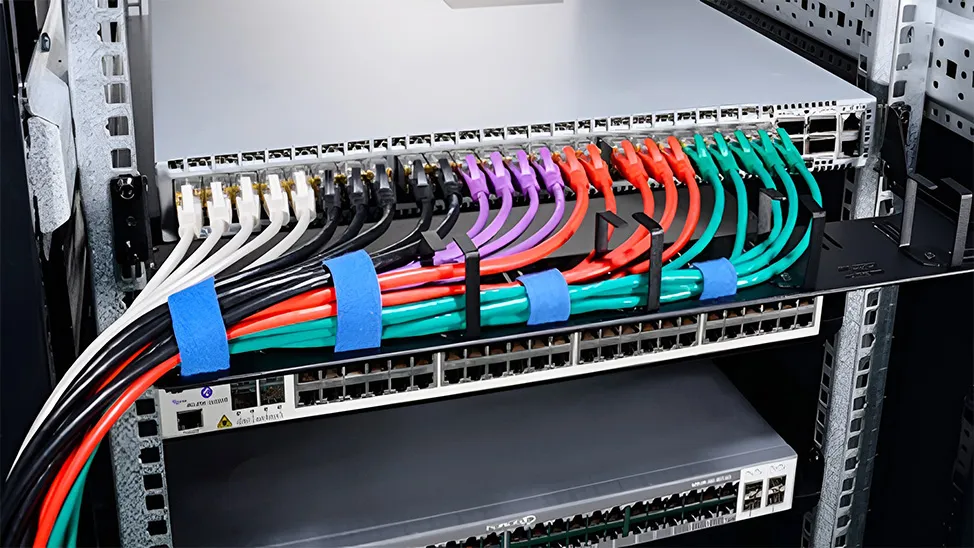OM5 Fiber FAQs: Must Know for High-Speed Transmission
As data centers scale to ever larger sizes in recent years, the demand for great bandwidth and higher speed is growing too. Recently, OM5 has been approved to be a new type of multimode fiber (MMF) for high speed data center applications. And various discussions about its characteristics and features attract much attention. This article will illustrate some frequently asked questions to help you get a clear view on OM5 fiber optic cable.
What Is OM5 Fiber?
OM5 Fiber is an innovative multimode fiber optic cable designed for high bandwidth over short to medium distances. Launched as the first approved Wideband Multimode Fiber (WBMMF), it complies with the ISO 11801 3rd and TIA-568.0-D standards released in 2017. OM5 Fiber typically operates in the wavelength range of 850 to 953 nanometers and supports at least four different wavelengths. This extended wavelength range allows for the simultaneous transmission of multiple channels on the same fiber using shortwave wavelength division multiplexing (SWDM) technology. As the number of fibers is reduced, crosstalk and overall loss are also reduced. The OM5 color is a lime green outer jacket, and the geometry (50μm core, 125μm cladding) is the same as that of the OM3 and OM4, making the OM5 cable backward compatible with OM3 and OM4 fibers. It supports 100Gb/s, 200Gb/s, and 400Gb/s network transmission over 150 meters, making it the preferred choice for scenarios requiring high-performance output transmission.

What Is SWDM?
Shortwave data center connections are usually powered by VCSELs operating near a wavelength of 850 nm. Shortwave wavelength division multiplexing (SWDM) is a technology that uses four wavelengths across the 850 to 950 nm range. SWDM transceivers were designed to use 2-fiber connectivity into the transceiver with OM5 multimode fiber.

What is the Difference Between OM5 Fiber and OM3, OM4 Fiber?
When evaluating optical fibers for short-range communication, OM5, OM3, and OM4 are prominent choices with distinct characteristics. The following is a comparison of these multimode fibers:
-
Bandwidth and Transmission Distance
Compared to OM3 and OM4, OM5 Fiber offers higher bandwidth and thus supports higher data rates. This is especially beneficial in scenarios where enhanced throughput is required, making it the preferred choice for applications requiring higher data rates. For all current and future multimode IEEE applications, including 40GBase-SR4, and 100GBase-SR4, the OM5 has the same maximum allowable distance as the OM4. With 40G-SWDM4 or 100G-SWDM4 transceivers, compared to the OM4 and OM3, the OM5 offers an advantageous transmission distance.
| Fiber Type | Effective Modal Bandwidth(LASER Source), 850 nm | Transceiver Type | |||
| 40GBASE-SR4 | 40G-SWDM4 | 100GBASE-SR4 | 100G-SWDM4 | ||
| OM3 | 2000MHz.km | 100m/328ft | 240m/787ft | 70m/230ft | 75m/246ft |
| OM4 | 4700MHz.km | 150m/492ft | 350m/1148ft | 100m/328ft | 100m/328ft |
| OM5 | 4700MHz.km (2470MHz.km at 953nm) | 150m/492ft | 440m/1444ft | 100m/328ft | 150m/492ft |
Table 1: OM3, OM4, and OM5 Fiber Bandwidth and Transmission Distance Limitation with Different Transceiver Types
-
Channel Loss and Crosstalk
The OM5 fiber cable operates in the range of 850 to 950nm wavelength and it can provide a 100GB data stream with only one pair of parallel optical fibers. The less optical fiber makes the less crosstalk, and the lower overall loss. The attenuation of OM5 wideband multimode fiber has been reduced from 3.5 dB/km for previous OM3, and OM4 cables to 3.0 dB/km.
-
Cost Considerations
In fact, OM5 cabling will cost about 50% more than OM4. Besides, with the considerably declined costs of single-mode transceivers due to silicon photonics technologies and large hyperscale data centers buying in large volumes, more and more users will be prone to choose single-mode transceiver modules. For example, 100GBase-PSM4 using a single-mode MTP trunk cable that can support a 500-meter reach is only $750.
Is OM5 Fiber Compatible with Existing OM3 and OM4 Fiber?
Certainly. OM5 fibers are designed with a 50-micron core size, making them compatible with OM4 and OM3 fiber cables. This compatibility stems from their shared core size, enabling seamless integration and flexibility in network design. This implies that if you have an existing infrastructure using OM4 or OM3, you can introduce OM5 patch cords to enhance performance without the need to replace the entire cabling system. This backward compatibility supports a phased and cost-effective approach to network upgrades. However, maintaining consistency in all components, including connectors and adapters, with the multimode fiber standards is crucial to ensuring optimal performance and reliability of the network.
What Types of Connectors are Available for OM5 Fibers?
OM5 cables come with a variety of connectors, including LC, SC, ST, and MTP/MPO. The choice of connector depends on the specific requirements of the network and the equipment being used. FS's OM5 fibers support a wide range of connectors, which can be customized to meet various needs based on different scenarios.

Which Optical Transceiver Modules are OM5 Fibers Compatible with?
OM5 Fiber is compatible with a variety of optical transceivers or modules that support multimode fiber connections. The choice of module depends on the specific requirements of the network equipment and application. Some common optical modules that are compatible with OM5 cable include:
1. SR4 (Short Reach 4) Modules: These modules are designed for higher data rates, often used in 40/100 Gigabit Ethernet (40/100GbE) applications.
2. SR8 (Short Range 8) Modules: SR8 modules are used for high-density connectivity and support 400 Gigabit Ethernet (400GbE) for scenarios requiring fast, high bandwidth in data centers and enterprise networks.
3. SWDM4 (Short Wave Division Multiplexing 4-channel) modules: Ideal for scenarios requiring high-density and high-performance connectivity, they can be used to support 40/100 Gigabit Ethernet (40/100GbE) applications.
When selecting modules for OM5 cables, it's essential to ensure compatibility with the specific connectors on the patch cables (e.g., LC, SC, MTP/MPO) and the networking equipment in use. Always refer to the specifications provided by the module and cable manufacturers to ensure proper compatibility and optimal performance.
Is OM5 Specified in Optical Transmission Standards such as Ethernet and Fibre Channel?
There are no transmission standards that specify OM5 or SWDM. Transmission standards typically include only one multimode fiber variant that is selected based on economic, commercial, and technical criteria. Parallel transmission is the default multimode fiber variant for data rates ≥ 40G.
OM5 Multimode Fiber Vs. Single Mode Fiber: Which to Choose?
Although the price of single mode fiber (SMF) is reducing recently due to new technologies application, the cost of pluggable optics still limits the implementation of SMF in data centers. Compared to that, OM5 can multiplex four wavelengths spaced in the range of 850nm to 953nm, increasing data capacity by a factor of four as well as reducing fiber cost. Furthermore, MMF has more advantages on installation, troubleshooting, cleaning and overall maintenance, which makes it a better choice in data centers. However, the problem for MMF is distance. And the maximum distance will decrease as the data speed grows. Therefore, multimode fiber has higher value to network owners for distance up to 500m and OM5 allows for migration to 400Gbps at the distance up to 150m. For applications beyond 500m, single mode fiber should be chosen.
Can FS.com Provide OM5 Multimode Fiber?
Yes. Currently, FS can provide OM5 Fiber with various connectors, and you can customize the patch cables you need according to your requirements.
Related Article: Multimode Fiber Types: OM1 vs OM2 vs OM3 vs OM4 vs OM5
You might be interested in
Email Address
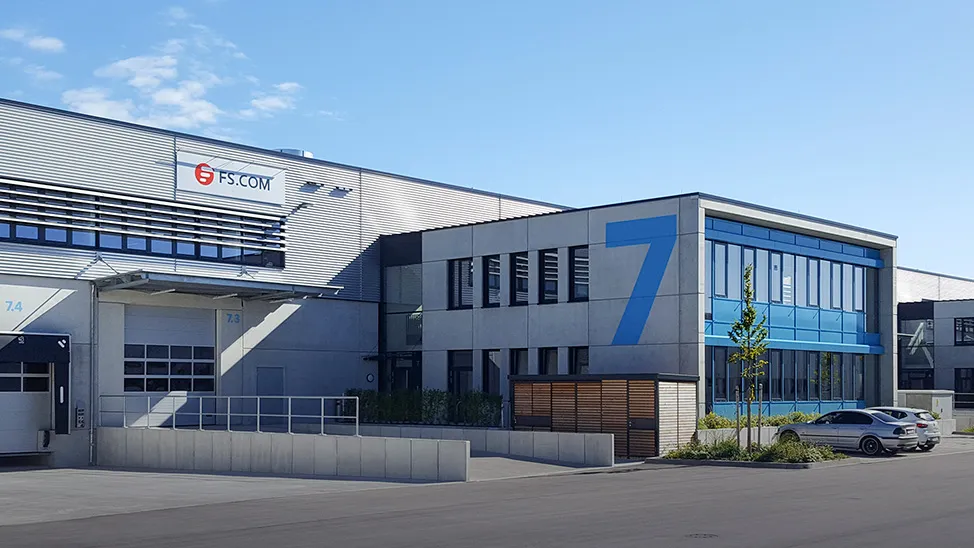
-
PoE vs PoE+ vs PoE++ Switch: How to Choose?
Mar 16, 2023











